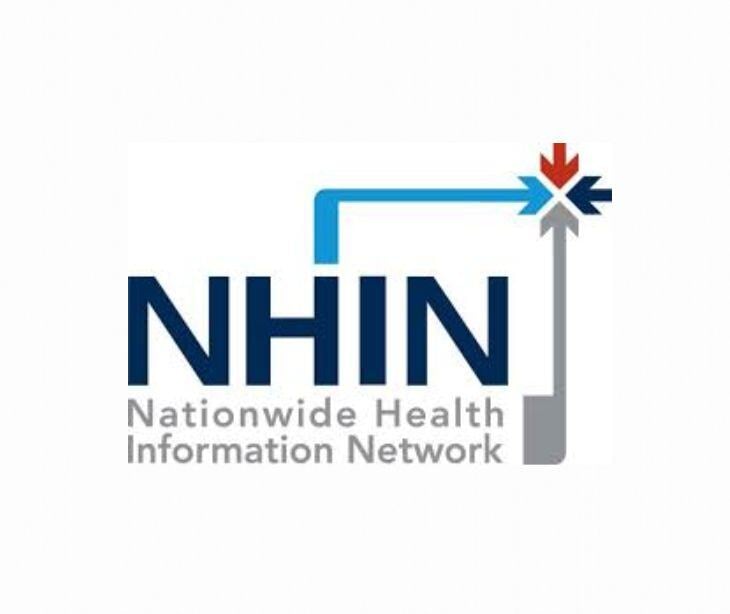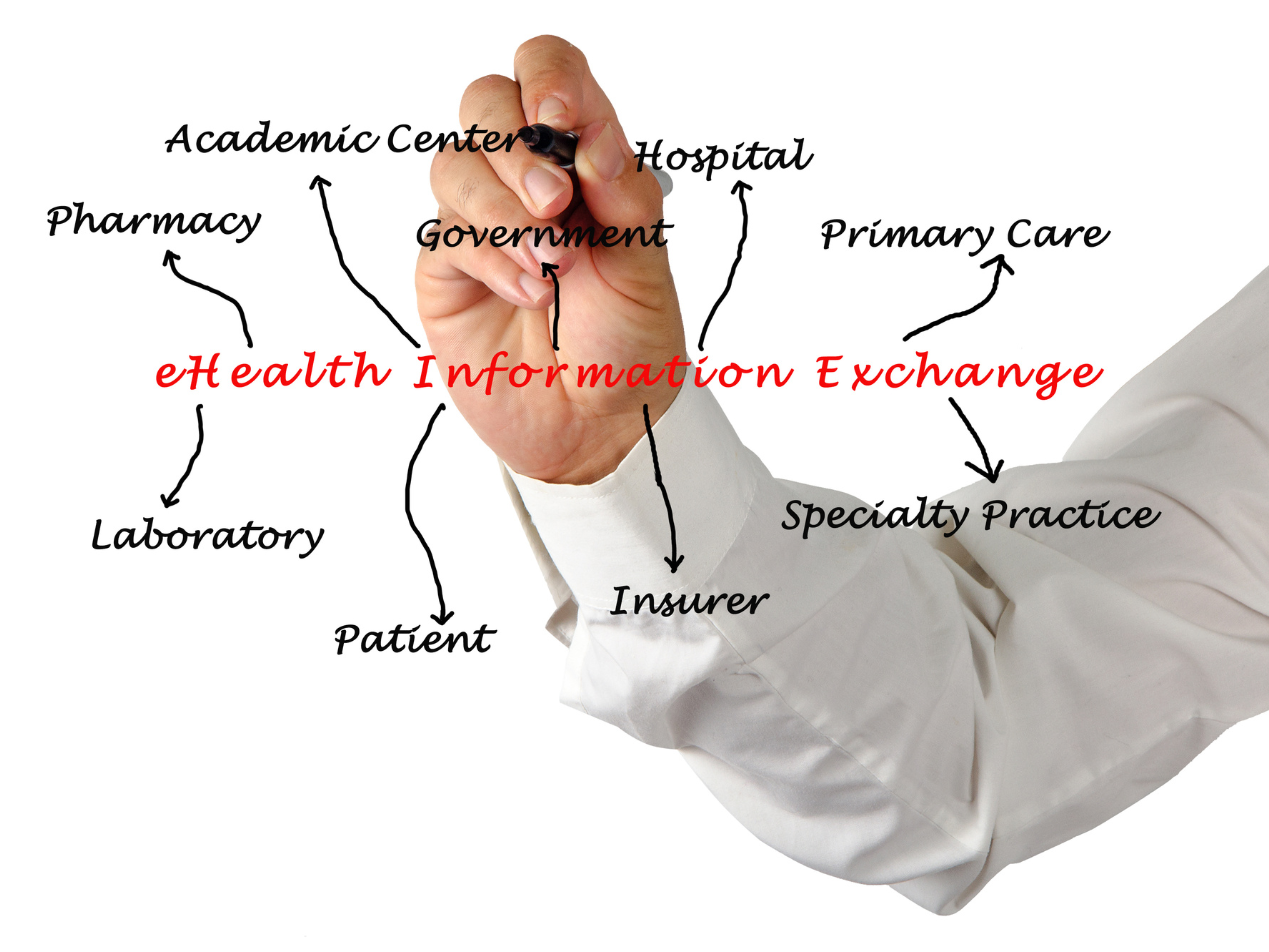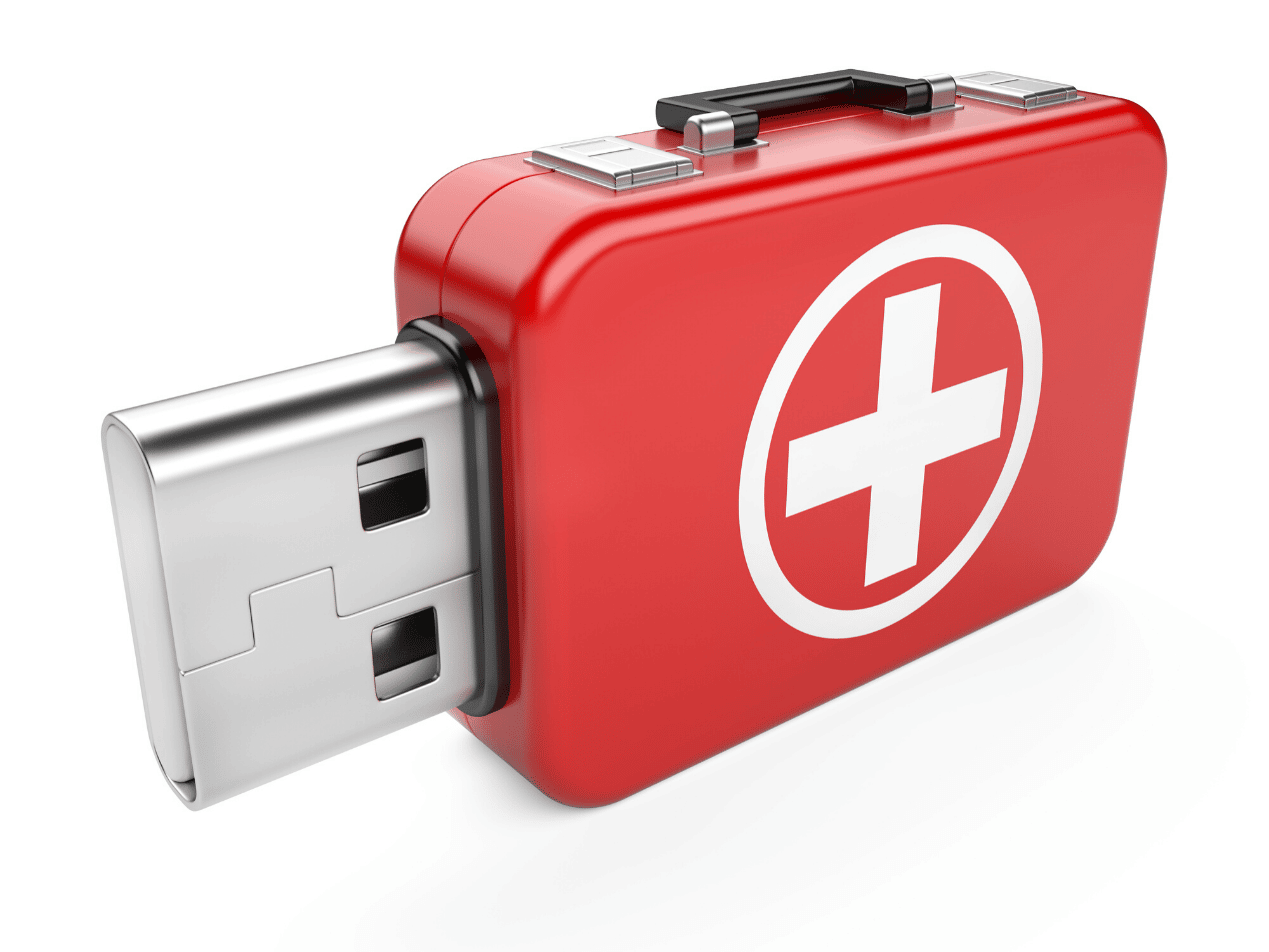
The Nationwide Health Information Network (NHIN or NwHIN) was a set of standards, services, and policies used to secure the exchange of sensitive health information. It was created by the Office of the National Coordinator (ONC) in 2004 to improve the quality and efficiency of healthcare and better connect providers, patients, and other health parties. Today, the idea behind the NwHIN is still strong within the U.S. with the same goal: to better protect patients while providing greater access to health information.
What was the Nationwide Health Information Network (NwHIN)
NwHIN provided the foundation for the secure and meaningful exchange of health information across various entities. It was considered a national health IT infrastructure and the foundation for how health information was exchanged across the country. Entities connected by the NwHIN in the Nationwide Health Information Network Exchange included both private organizations and governmental agencies.
The network shared technical and policy agreements as well as other requirements needed for secure data exchange. NwHIN participants agreed to support a common set of services. The idea was to create more interoperability when sending and integrating protected health information (PHI). Secure interoperability should ultimately lead organizations to better patient care and HIPAA compliance.
The HITECH Act (the Health Information Technology for Economic and Clinical Health Act) of 2009 promoted the adoption and meaningful use of technology in healthcare. Within, the act required the creation of a government mechanism for a more complete health information exchange network. In 2012 after asking for comments on NwHIN, ONC decided “not to continue with the formal rulemaking process” to focus on “an approach that provides a means for defining and implementing nationwide trusted exchange.”
NwHIN became the eHealth Exchange, which currently operates as an independent nonprofit.
The NwHIN today
The Trusted Exchange Framework and Common Agreement (TEFCA) represents ONC’s latest national exchange network. Published in 2022, it better defines the standards for interoperability as required by the 2016 21st Century Cures Act. TEFCA broadened the idea of access by including health information networks, federal agencies, public health, individuals, payers, providers, and technology developers.
Soon after, ONC updated its Common Agreement for Nationwide Health Information Interoperability through TEFCA for Qualified Health Information Networks (QHINs). A QHIN is a network of people or organizations working together to share data. At the end of 2023, five QHINs began exchanging health information under TEFCA, including eHealth Exchange.
ONC’s 2024–2030 Federal Health IT Strategic Plan draft furthers the objectives to improve health access and deliver better patient care. Published in its final form in 2024, the plan includes as a strategy: “Advance TEFCA to create a universal governance, policy, and technical floor for nationwide interoperability; enabling individuals to access their [electronic health information] and simplifying connectivity for organizations to securely exchange information.”
Learn about: Ensuring HIPAA compliance when using health information exchanges
Why does the exchange of electronic health information matter?
Technological innovations over the past two decades have encouraged the use of secure electronic record systems within the healthcare industry. National laws, policies, and programs such as NwHIN show the push toward electronic storage and transmission. Recent statistics show that as of 2021, 88% of hospitals integrated an electronic health record (EHR) system and transmitted information electronically.
According to ONC, a proper health information exchange can help organizations:
- Improve healthcare quality
- Make care more efficient
- Streamline administrative tasks
- Support community health
Relying on an electronic health information exchange encourages efficient patient care, more patient engagement, and better patient outcomes. Patients have greater access to their records and an easier time trying to see a doctor.
Health information exchange and HIPAA
The U.S. Health and Human Services (HHS) created HIPAA to improve healthcare standards and combat PHI fraud and abuse. HIPAA (the 1996 Health Insurance Portability and Accountability Act) was designed to keep health information private while giving patients access to their records. Given the access and transfer of PHI, the exchange of health information must follow HIPAA’s privacy and security standards.
The HIPAA Security Rule (2005) added security standards to protect electronic PHI (ePHI) in transit and storage. To meet the standards, healthcare organizations must use a proactive approach to protecting ePHI. That means using, among other methods:
- Comprehensive risk assessment and management
- Data encryption in transit and at rest
- Identity and access management (e.g., password policies)
- Virus and malware protection
- Device usage rules
- Proper disposal of devices and data
- Patient consent and authorization
Finally, providers must create a breach response and reporting plan in case a breach occurs.
See also: HIPAA compliant email: The definitive guide
FAQs
Who must comply with HIPAA?
HIPAA compliance is required for:
- Covered entities: These include healthcare providers, health plans, and healthcare clearinghouses.
- Business associates: These are individuals or entities that perform certain functions or activities on behalf of a covered entity that involve the use or disclosure of PHI.
What is protected health information (PHI)?
PHI is any information held by a covered entity or business associate that concerns health status, the provision of healthcare, or payment for healthcare that can be linked to an individual. This includes a wide range of identifiers that could be used to identify the individual.
What are the penalties for noncompliance with HIPAA?
Penalties for noncompliance can range from monetary fines to criminal charges, depending on the severity and circumstances of the violation. The Office for Civil Rights (OCR) can impose penalties, which can range from $1307 to $68,928 per violation, with a maximum annual penalty of $2,067,813.
How does HIPAA impact electronic health records (EHRs)?
HIPAA mandates that electronic health records (EHRs) must be secured to protect patient information. This involves implementing access controls, encryption, audit controls, and transmission security measures.
Subscribe to Paubox Weekly
Every Friday we'll bring you the most important news from Paubox. Our aim is to make you smarter, faster.




